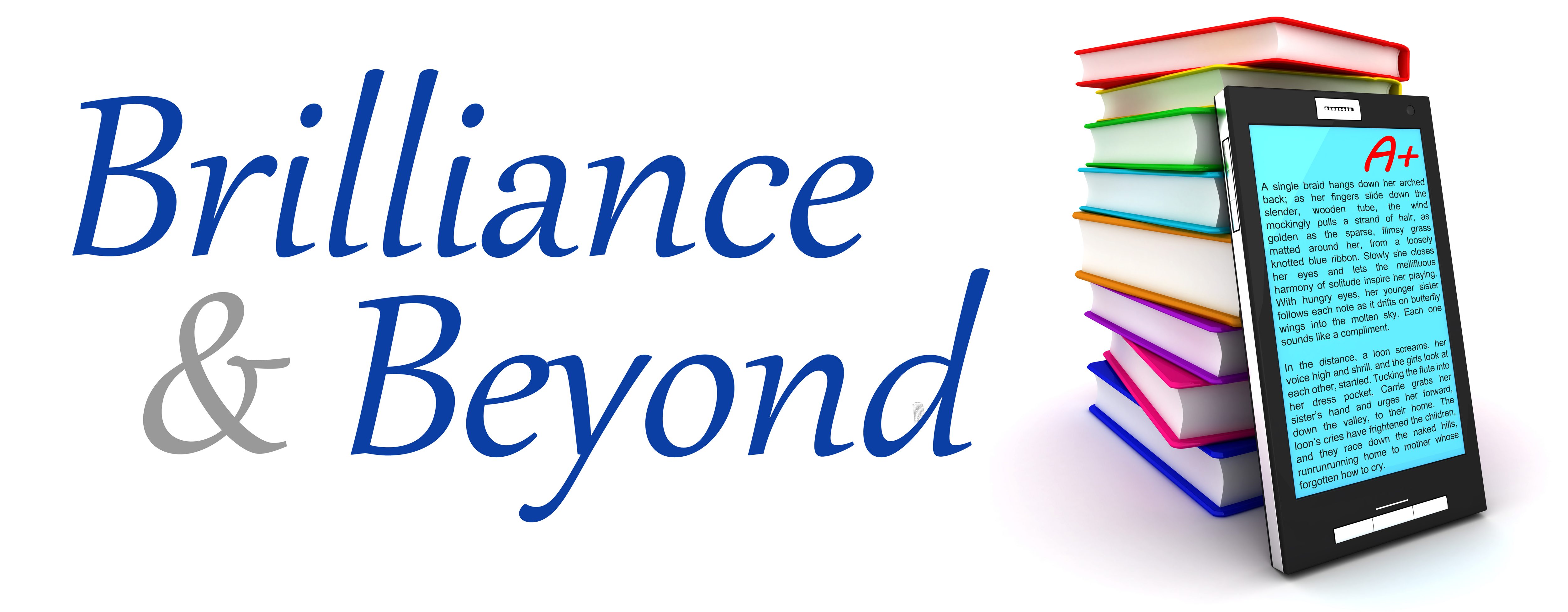I belong to a mom’s group, called Darling Doubles, a group for twin moms. This group is a nonprofit group of woman who are strong, untiring, and not a force to be reckoned with. After each meeting I am amazed and awed at the talent, energy, and vision of these woman. We come from all walks of life focused on one common goal – bettering our lives and the lives of our children by helping the world become a better place.
In January, I committed to running a half marathon with this group of women in late May. I mapped out my training schedule knowing I could begin the 13 week training schedule the last week of February. In my head, that little voice was saying, “Why not? You’ve completed two marathons before. 13.2 miles won’t be anything.” Three weeks late, I began training this past Sunday. It was rough and incredibly slow.
After I returned home from my two 20 minute miles, I was disturbed and a bit down trodden. My expectations of myself were quite different from how I had actually performed. I had to take a step back and look at what I was really expecting of myself-running a 7 minute mile like I had at peak performance in the Chicago Marathon? I don’t think so. This was my first go at it in a while and I needed to begin with baby steps.
In the classroom, we have to set expectations for our students’ learning, much like I need to do in my running quest. Setting expectations of what students’ will learn throughout the year focuses the teacher and student along a path to success. One of the easiest ways to set expectations is to have students create their own goals in incremental steps toward the end goal. As students first begin the process, their goals are superficial. Yet, with coaching and demonstrating goals become intrapersonal and right on target.
One of my colleagues uses the strategy of goal setting on a daily basis. At the beginning of class, Julie asks her students to open their notebooks to their goal setting page, and write what they will do to be better mathematicians, writers, readers, scientists, or historians. Each student begins with, “A goal I can set for myself is…” Julie then asks a couple of students to share out their goals with the entire class.
I love this strategy. Students are taking responsibility for their own learning. Julie’s expectations resonate in her classroom with the belief that all students will learn, use their strengths, and build a wealth of strategies to be successful throughout the entire year.
Now, let’s go back to what I need to do to be successful in completing the half marathon in May. I need to set my expectations of running a 7 minute mile when May comes. In the meantime, I need to continue to practice and refine my workouts, stamina, and shear willpower to succeed in meeting that goal.
Happy goal setting!
